BY Jaye Hannah
AI has quickly become an integral part of the tech landscape. Many view AI as a way to improve efficiency and keep costs down. But the rise of AI has also given way to fresh concerns about the future of several disciplines—including UX design. If you’re new to UX, you might even find yourself wondering: Is AI going to take my job?
Let’s set the record straight: As long as we’re designing for humans, we’ll always need human designers. Moreover, AI technology offers exciting new possibilities for better, more inclusive user experiences. It’s all about learning how to make AI work for you (that’s where we come in!).
In this blog post, we’ll explore seven ways UX designers can use AI to their advantage; from analyzing real user data, to elevating prototypes with branded color palettes.
How is AI impacting the UX design industry?
Artificial intelligence, or AI, is a form of technology that essentially allows machines to think, reason, and complete tasks in a way that mimics human intelligence. AI is all around us; from automated customer service chatbots, to recommending products based on browsing history.
By automating the jobs usually done by humans, AI is revolutionizing the tech industry—and UX is no exception. AI helps UX designers automate mundane tasks, such as categorizing user actions, predicting future behaviors, and extracting relevant insights from large volumes of user data—which, in turn, leaves more time for fine-tuning the final product.
Instead of creating trial and error approaches or using predefined rules, AI tools also enable UX designers to develop predictive models based on user data—and automatically apply them to their designs. This level of personalization allows for more sophisticated, user-centric digital products.
So where does all this leave UX designers?
While AI can be a powerful addition to a UX designer’s toolkit, it simply can’t replace human empathy. At its core, UX design will always be about developing a deep understanding around human needs—and creating functional, enjoyable products that reflect daily human experiences. A big part of UX design is also leading workshops and collaborating with stakeholders across the business, something AI won’t replace any time soon.
Not only are UX designers’ jobs safe, but the World Economic Forumactually predicts that AI will create 97 million new jobs by 2025. In short: AI is here to stay—and it can even make UX designers’ lives easier. Which brings us to the next section…
Now that we’ve got some background into the rise of AI, let’s look at seven ways designers can incorporate AI tools into the UX design process.
1. Analyzing user data
With AI tools like Research AI, UX designers no longer need to comb through data manually. Instead, they can quickly gather and analyze large volumes of user data with ease.
Using powerful algorithms, AI can predict user behavior, track page visits and engagement, and detect patterns in user data that might otherwise go unnoticed. By reducing the time it takes to process user data, UX designers can quickly gain insights into how users behave and interact with their product—allowing them to make informed design decisions.
2. Creating user personas
AI can help UX designers quickly create data-driven user personas by providing them with valuable user insights. For example, AI tools like Smartone can conduct sentiment analysis of users’ discussions on social media channels and forums—and turn those sentiments into actionable insights.
By combining these insights with existing user profiles, UX designers can create user personas that help them fine-tune their designs for maximum impact.
3. UX and product writing
With an array of writing tools to choose from, like Writer and Copy AI, AI is quickly bridging the gap between design and content. Instead of populating wireframes and prototypes with ‘Lorem Ipsum’ placeholder text, designers can now generate meaningful, audience-specific copy that’s optimized for both search engines and users alike.
AI can also suggest words based on context, so designers can access richer language with less research needed.
4. Automating design workflows
A growing number of UX designers are using AI tools like Brainpool to streamline design workflows. AI-driven automation can create repetitive features, validate data inputs, and assemble design elements through pattern recognition. AI algorithms can also quickly adapt to new environments, enabling designers to generate concepts faster and build smarter workflows that lift heavy design burdens.
AI-powered analytics can also give UX designers real-time feedback on their designs, helping them identify areas for improvement.
5. Adding UI elements & branding
AI tools offer a wide range of features that can help UX designers elevate their designs with UI elements and branding. For example, programs like Adobe Sensei provide access to a vast library of icons, logos, typefaces, and color palettes that can be modified to reflect the brand.
Some AI color-picking tools also use powerful algorithms to suggest the perfect colors for any design based on simple inputs (like a brand logo or image). This same technology can also help UX designers choose typefaces that complement the visual branding and UI design.
In the absence of UI designers, these tools allow UX designers to create sleek, professional user interfaces.

An example of an AI-generated illustration
6. User testing & prototyping
AI algorithms like Visualeyes can assist in the user testing process in a number of ways; including quickly identifying potential user behavior patterns, providing complex simulations of user activities while accounting for a range of possible input scenarios, and automating traditionally time-consuming processes—like gathering user feedback.
With a better understanding of (and predictions around) how users interact with the product, UX designers can iterate on their prototypes for post-launch success.
7. Helping designers move out of ‘paralysis mode’
With so many moving parts involved in the UX design process, it’s easy for projects to stall when getting off the ground. This is especially the case when UX designers are working solo or in small teams.
AI tools like Vas can help UX designers move out of ‘project paralysis mode’ by providing useful starting points. With a few prompts and inputs, designers can bring their ideas to life with AI-powered wireframes, user insights, and even structured project outlines. Without having to start from scratch, UX designers can focus their energy on refining and iterating the product for optimal user experience.
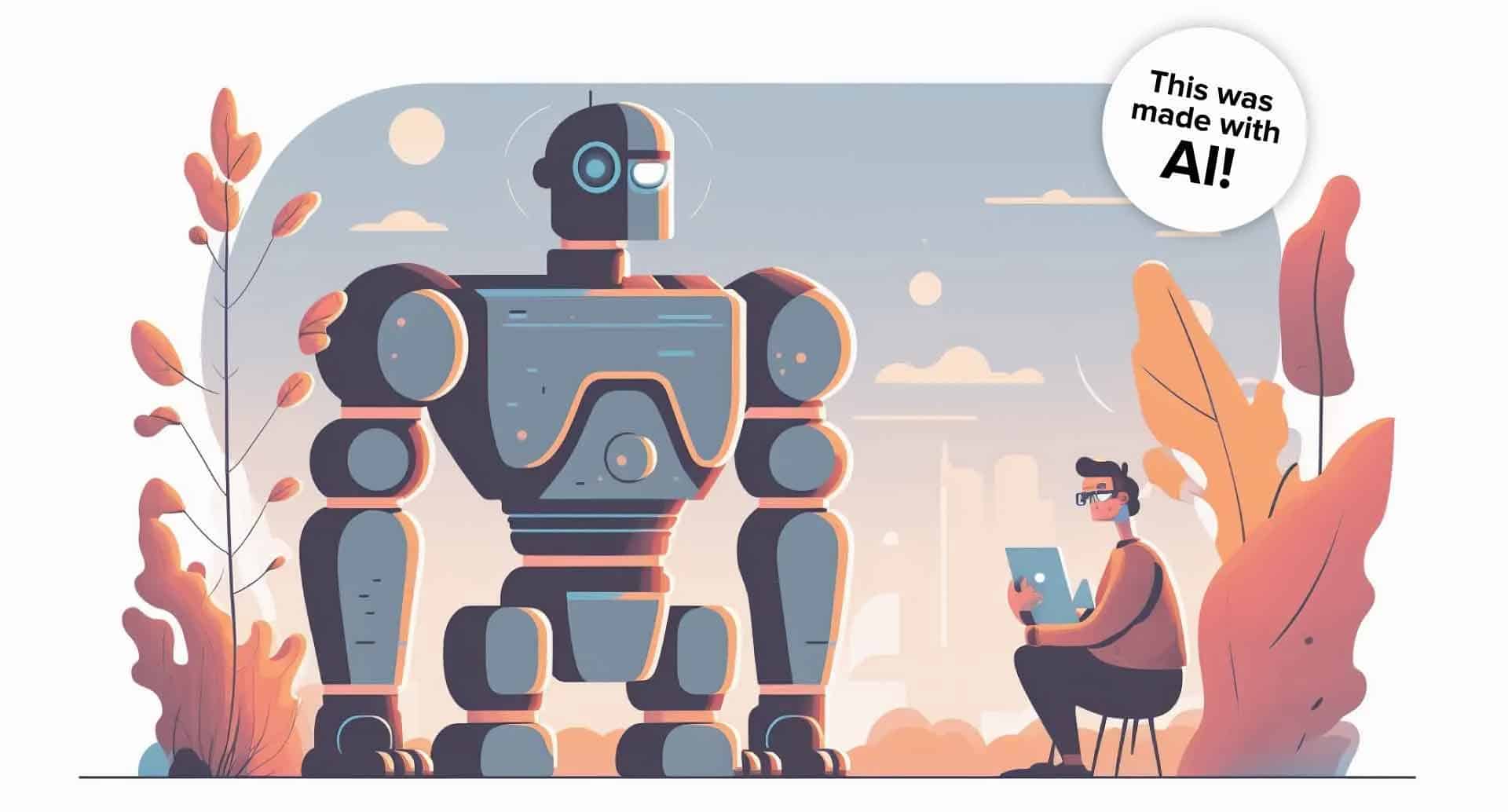
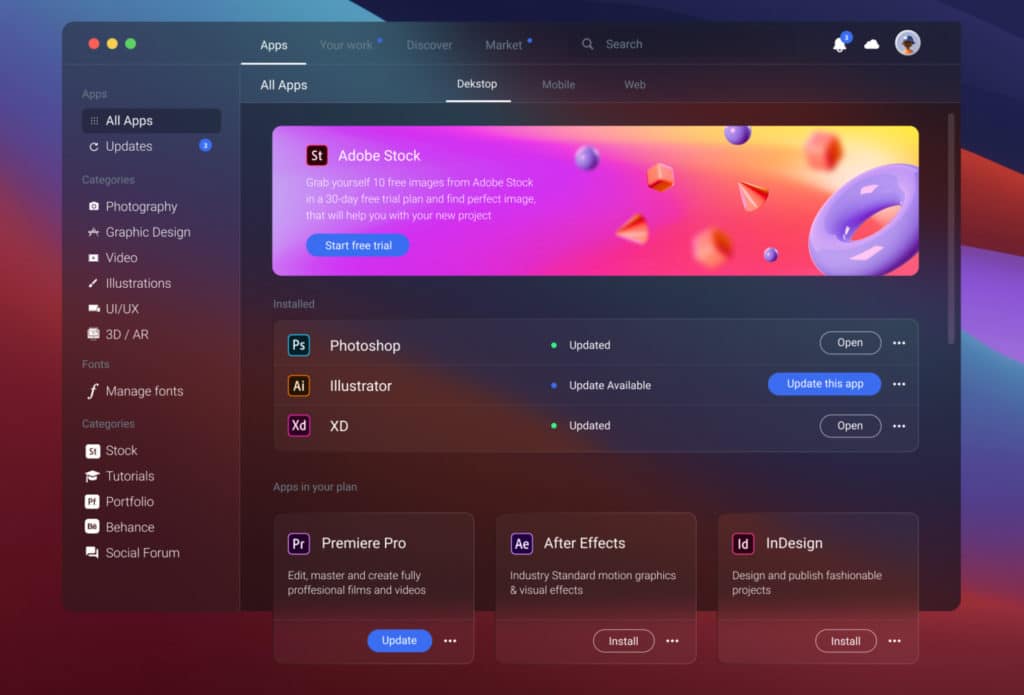

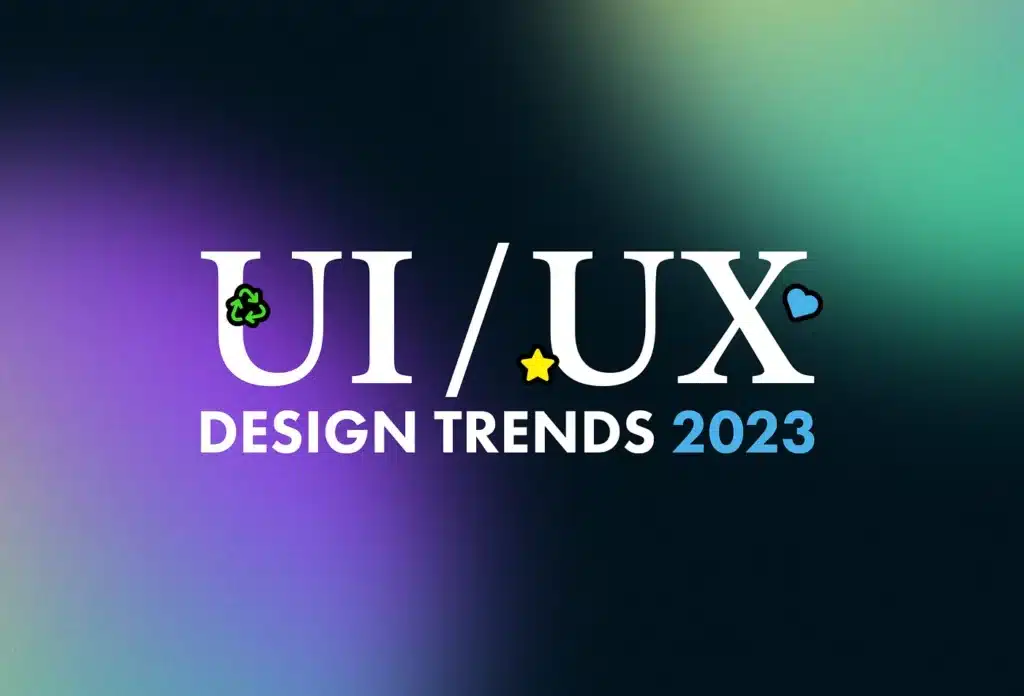
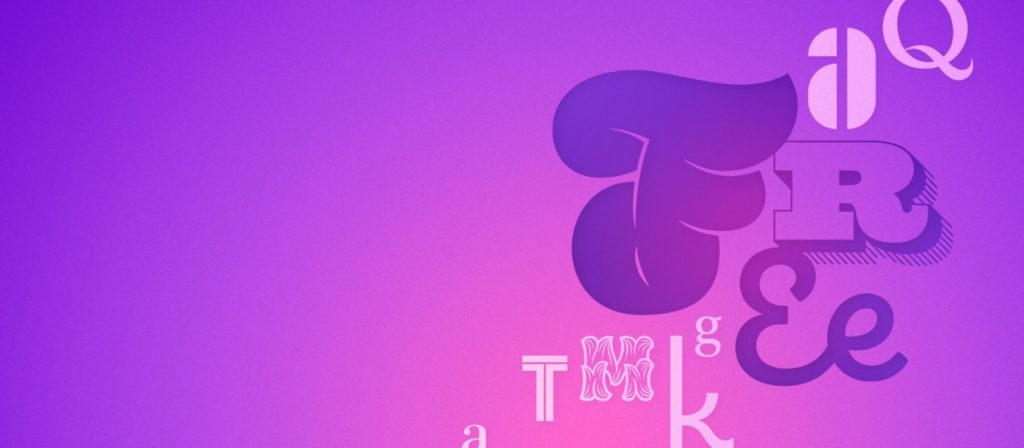
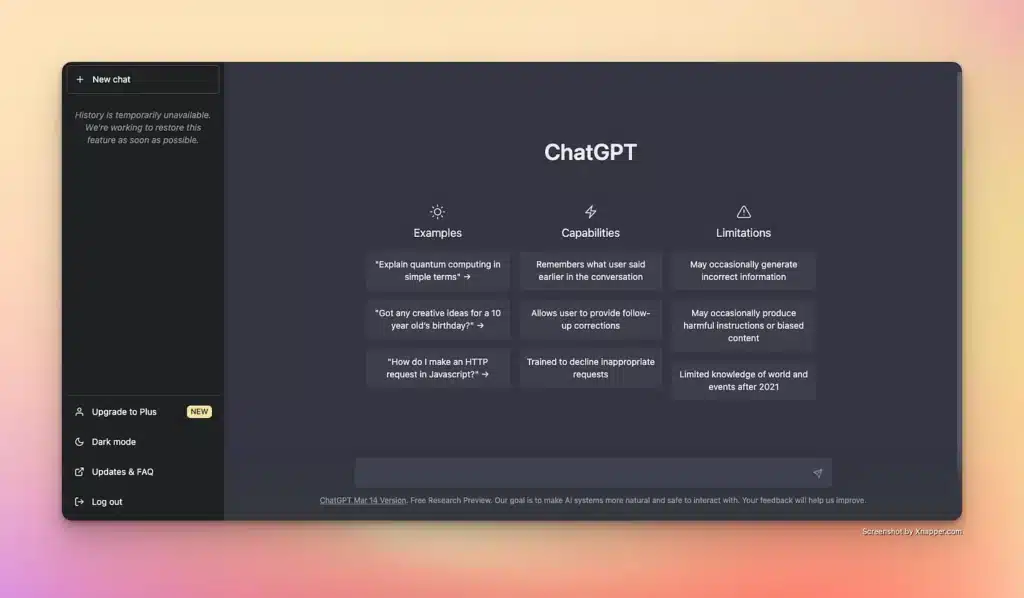
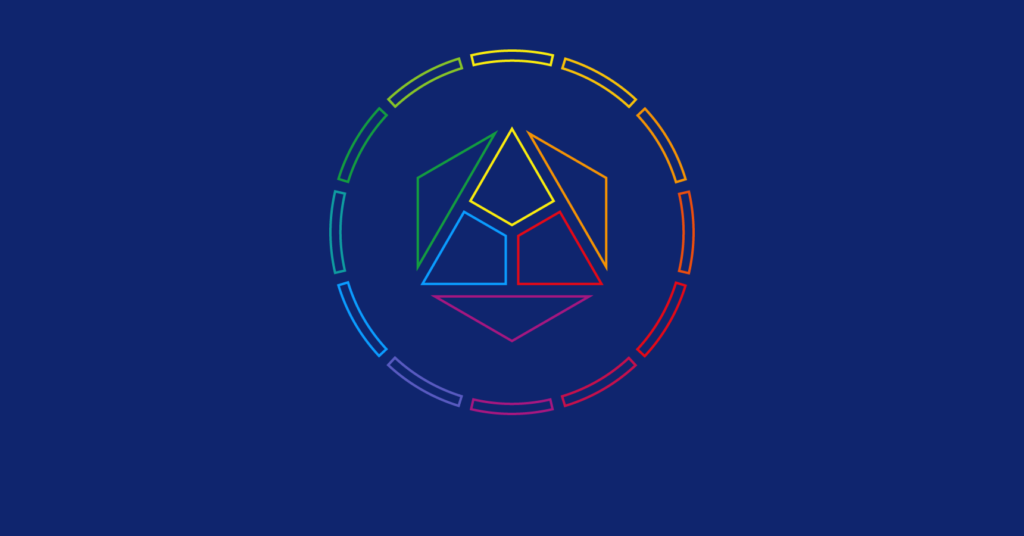
1 Comment